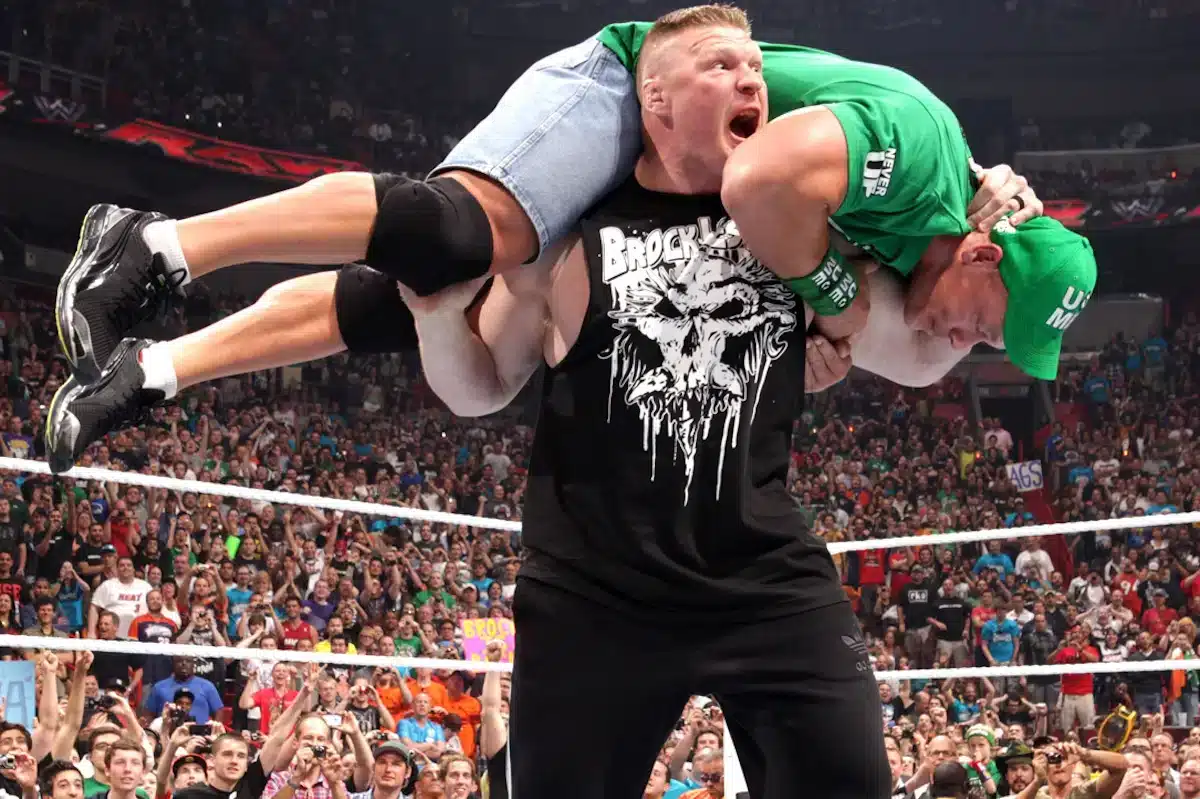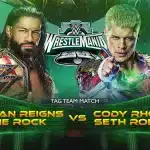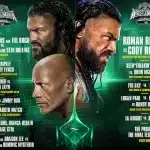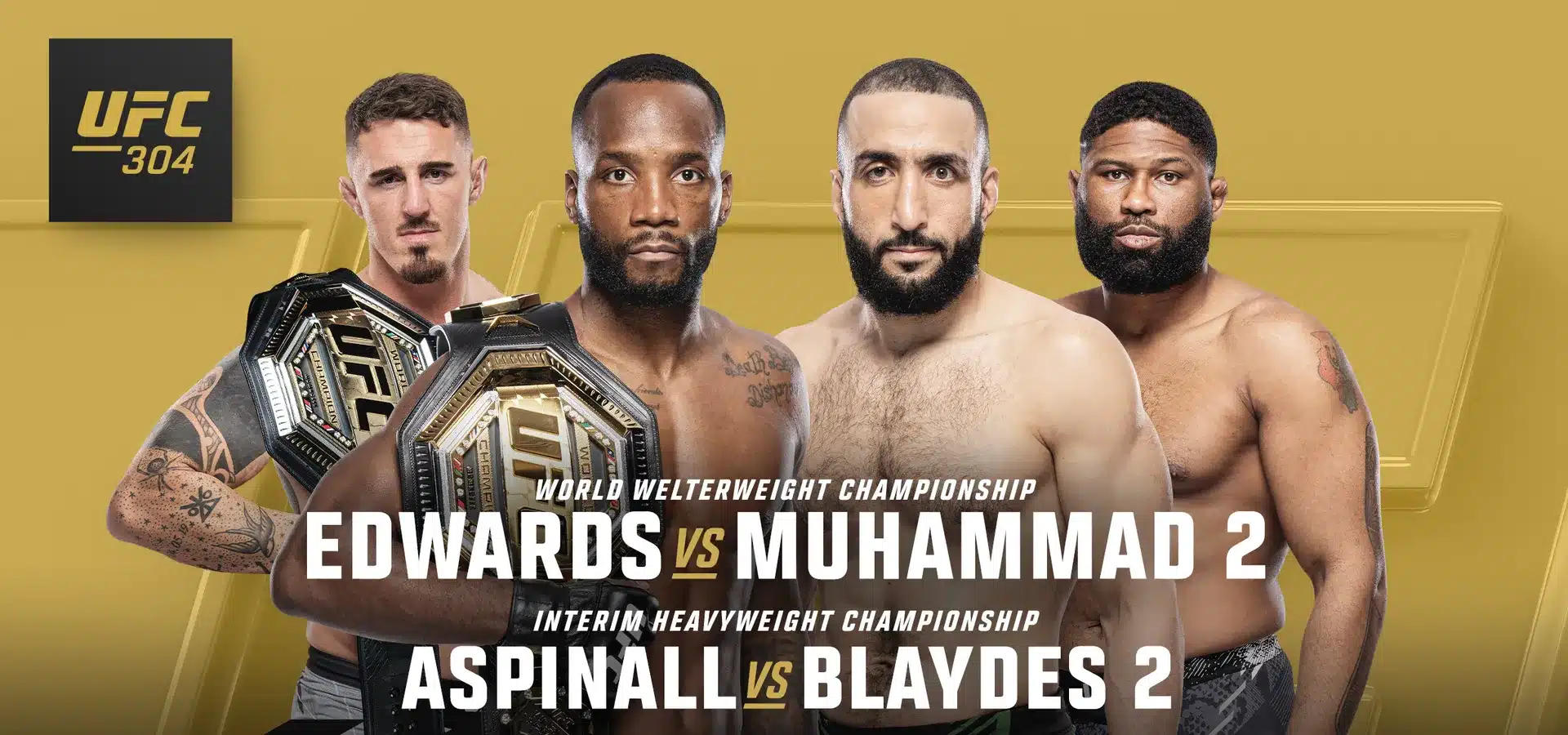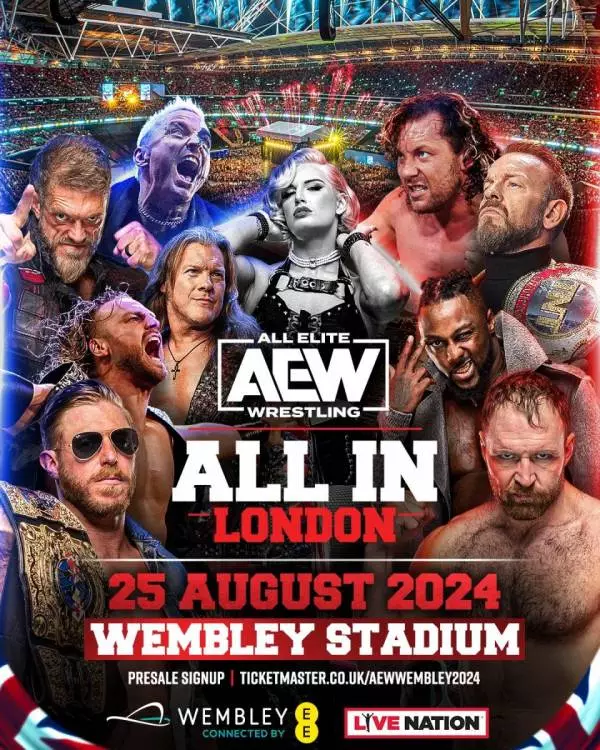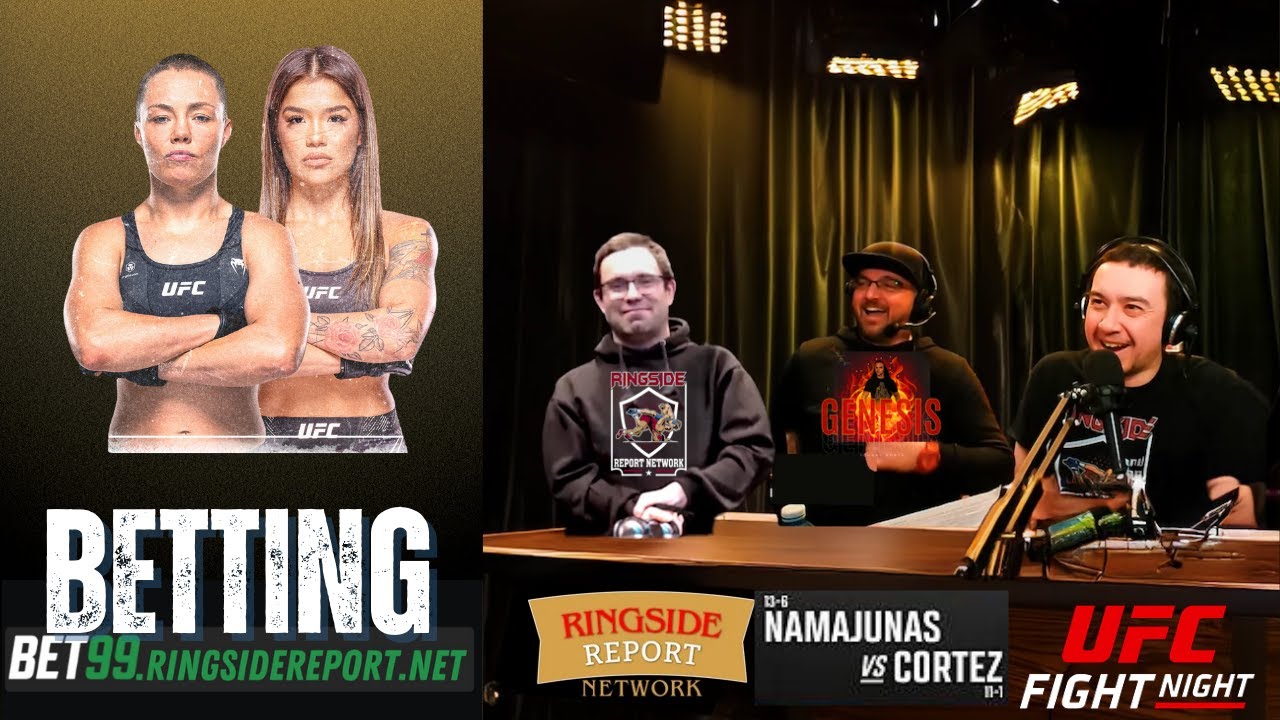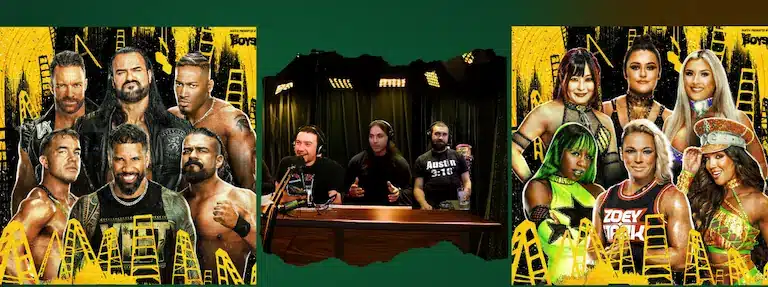In the exhilarating world of pro wrestling, there’s been a seismic shift as two giants, All Elite Wrestling (AEW) and World Wrestling Entertainment (WWE), lock horns in a quest for dominance – a battle often referred to as the “AEW vs WWE Showdown.” Each brand brings its unique approach to the ring, attracting different segments of the wrestling fandom. So, how do these two wrestling powerhouses stack against each other in the AEW vs WWE rivalry? Let’s dive in!
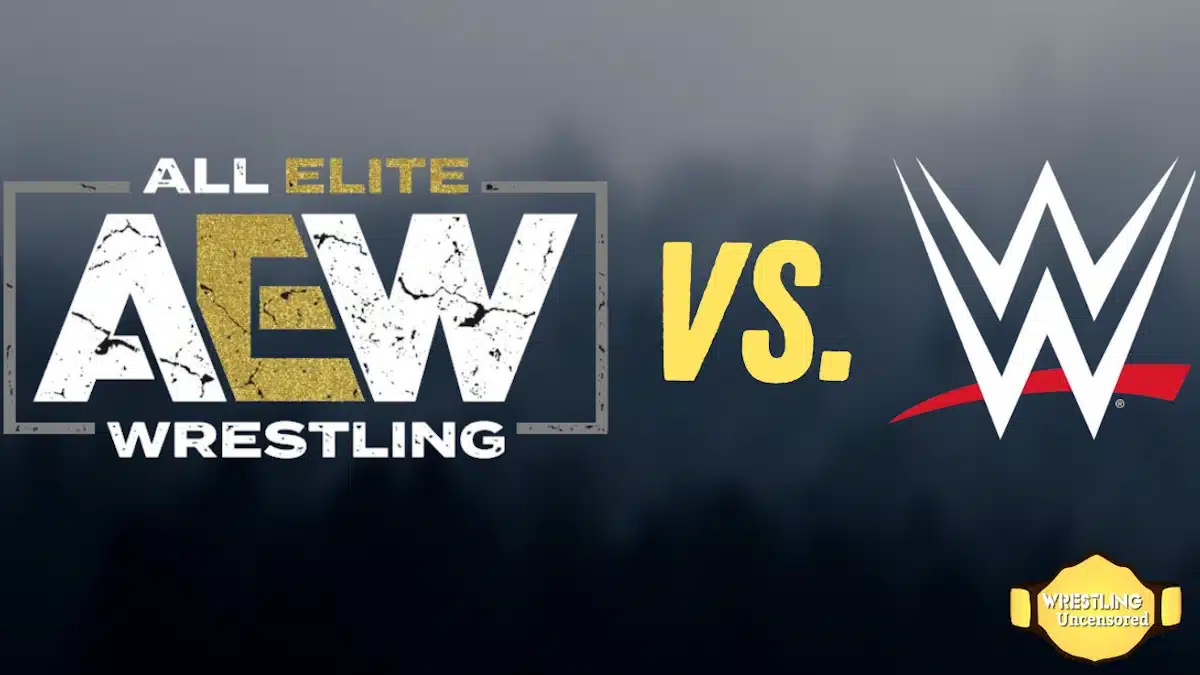
Key Takeaways
- WWE opts for drama and entertainment with well-known wrestlers, while AEW focuses on the pure wrestling experience and up-and-coming talent.
- Titles in WWE are treated with a sense of rarity and prestige, while AEW shakes things up with new matchups and has more title fights on regular shows.
- AEW prioritizes cross-promotion and working inclusively with other promotions, while WWE exclusively showcases their talent and maintains tight control over its partnerships.
Table of Contents
Wrestling Philosophy: Sports Entertainment vs. Pure Wrestling
AEW and WWE, though similar in their love for wrestling, hold contrasting philosophies. The WWE leans towards entertainment and drama, featuring larger-than-life characters in dramatic storylines that feel straight out of a soap opera. Big names like Brock Lesnar and Roman Reigns are key players in this theatrical performance, keeping fans on the edge of their seats with larger-than-life personas and storylines that stretch beyond the ring.
In contrast, AEW champions pure wrestling and sports-based storytelling. They focus on intense, long-drawn matches with a more physical wrestling style, emphasizing the win-loss records for big matches. AEW’s fast-paced shows are packed with energy, keeping the crowd excited with each segment.
AEW deviates from the norm, focusing less on drama and more on wrestling, unlike WWE, which structures its shows like TV episodes, complete with matches, promos, and backstage segments. The emphasis on wrestling over drama provides a unique experience for the fans, making every match an event.
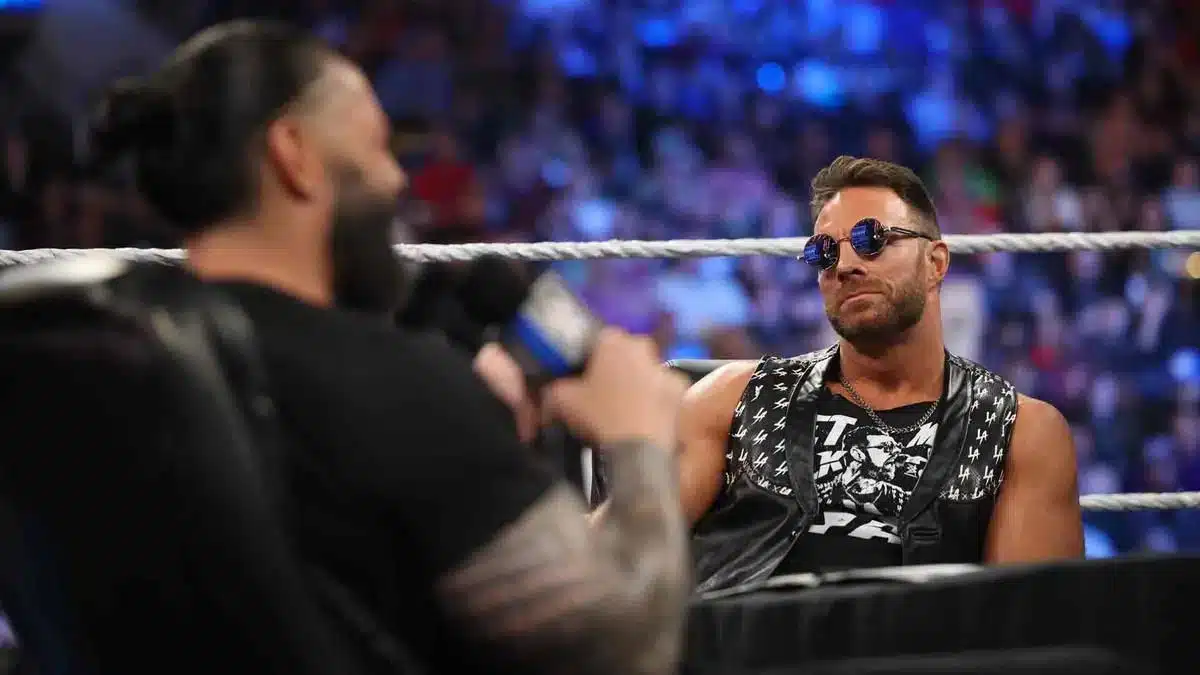
Roster Dynamics: Star Power vs. Emerging Talent
The roster forms the backbone of any wrestling promotion. WWE, with its focus on entertainment, showcases talented wrestlers like:
- Roman Reigns
- John Cena
- Becky Lynch
- Seth Rollins
- Charlotte Flair
- LA Knight
- Cody Rhodes
- CM Punk
These wrestlers create larger-than-life characters that become household names. WWE’s roster is a constellation of established stars, each adding their unique flair to the entertainment value of the promotion.
AEW, however, adopts a different strategy. It emphasizes in-ring performance, dedicating screen time to developing new talent. AEW’s approach offers an alternative to the WWE system, giving exposure to emerging talent and focusing on their win-loss records. This strategy has proven to be a magnet for WWE stars seeking more creative freedom, such as Chris Jericho, who joined AEW for a change in their wrestling careers.
A breakout star for AEW, MJF (Maxwell Jacob Friedman), wrote a very personal blog on his future and a look at how AEW began and where it’s at today that we will cover separately. Here at the Ringside Report Network, we ended 2023 with a certain level of uncertainty regarding the long-term viability of AEW. For the good of the Pro Wrestling business and the talent involved, MJF stresses the importance of its survival and growth for the fans, not just of AEW, but the Pro Wrestling business overall. Read our take on his future here.
However, AEW’s approach isn’t without its challenges. Their focus on wins and losses to build credibility often leads to inconsistency. Some stars might get overlooked for a while, and others might get too much exposure, even in title matches. This balancing act is a continuous challenge for AEW.
Matchmaking Strategies: Title Prestige vs. Fresh Matchups
Both WWE and AEW employ distinctive matchmaking strategies to maintain fan engagement. WWE thrives on title prestige, with fewer title match occurrences to maintain the allure and importance of their titles. This strategy results in some of the same matches being repeated, but it’s a small price to pay for maintaining the exclusivity of title matches.
AEW, on the other hand, thrives on unpredictability. With a constantly changing roster and fresh matchups, AEW offers an exciting and unpredictable show. While WWE sticks with tried and tested stars and storylines, AEW only repeats matches with a good story behind them. Stars like Chris Jericho get to show their prowess in the ring, keeping fans on their toes.
AEW’s weekly TV shows, known as matches week, are considered must-watch due to their high-stakes matchups, often featuring title fights that are usually saved for pay-per-view events. The limited PPV schedule makes the weekly shows more exciting, attracting stars like Kevin Owens and making AEW a can’t-miss spectacle for wrestling fans.
Production Value: The Glitz and Glamour vs. The Grit and Grind
Regarding production value, WWE and AEW are like night and day. WWE is all about the spectacle – the glitz and glamour of the big show. With flashy production elements like camera flashes from the audience, ringside photographers, and talented stars like Triple H, WWE’s shows are a visual treat.
AEW, however, takes a grittier, more direct approach. The focus is on the in-ring action, often collaborating with other wrestling promotions like Japan Pro Wrestling to bring diverse styles into the AEW ring. This approach lends a professional and raw edge to AEW shows, making them a hit among hardcore wrestling fans.
AEW has also upped their game in terms of production value. New sets featuring vertical LED screens enhance the visual experience, making their production quality top-notch. This focus on production, especially for shows like AEW Rampage, gives AEW a distinct look and feel, differentiating it from other wrestling promotions.
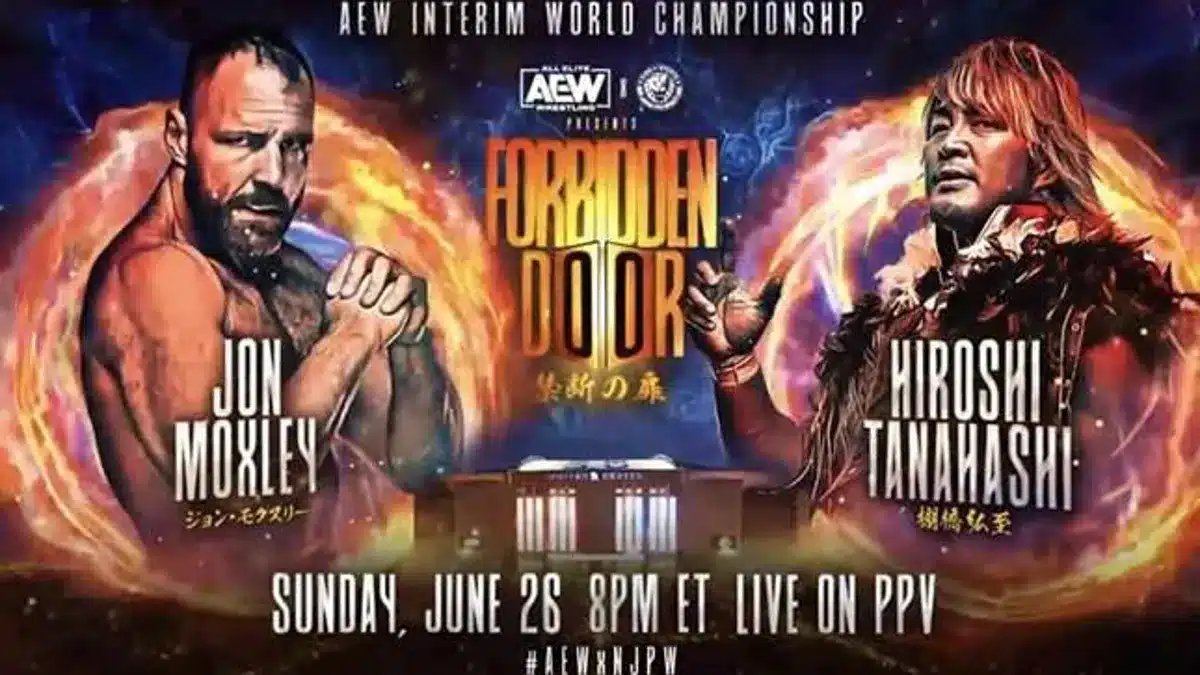
Cross-Promotion Collaborations: Exclusive vs. Inclusive
Collaborations can be a game-changer in wrestling, especially in tag team wrestling. AEW has embraced this strategy, collaborating with other wrestling promotions to bring in new talent and offer a varied wrestling experience. This inclusive approach, driven by AEW’s president, Tony Khan, allows wrestlers from places like NJPW and Impact to show up on AEW’s weekly shows.
Conversely, WWE forms exclusive partnerships and seldom showcases talent from other organizations. While WWE could potentially work with other companies to access their talent, their current strategy leans towards exclusivity.
Given their different styles and approaches, the prospect of a partnership between AEW and WWE is fascinating but improbable. However, the coexistence of these two successful promotions brings competition, variety, and innovation to professional wrestling – a win for the industry and the fans.
Audience Engagement: Listening to the Fan Base
In the ever-changing world of wrestling, the voice of the fan base is of utmost importance. AEW is known for its fan-centric approach. The AEW president, Tony Khan, is known to listen to the fans and adapt their product based on the feedback. This commitment to responsiveness has been instrumental in building a loyal fan base for AEW.
See our article on the AEW Live Experience.
AEW’s fan engagement strategy extends beyond listening. They leverage social media and create content tailored to different age groups, ensuring they meet the needs of their diverse fan base.
On the other hand, WWE sticks to a more traditional approach to audience engagement. While they take feedback, they focus more on understanding and reaching their target audience. They show their fans that their voices have impacted them, keeping them engaged and connected with the WWE universe.
Work-Life Balance for Wrestlers: The Schedules Compared
A wrestler’s career heavily relies on balancing work and personal life. WWE has a rigorous schedule, demanding high commitment from its wrestlers. The intensity of WWE’s schedule has been a hallmark of the promotion, adding to the prestige and allure of its brand.
AEW provides a more flexible schedule, promoting better work-life balance for wrestlers. This flexibility is a key factor in attracting talent, with wrestlers like Bandido choosing AEW for the opportunity to spend more time with their families.
However, AEW’s flexible scheduling can be a double-edged sword. While it allows for a better work-life balance, it can also lead to concerns about the underutilization of talent, potentially causing some wrestlers to feel overlooked or forgotten. It’s a delicate balance that AEW continues to navigate.
Global Reach and Influence: Competing for the World Stage
WWE holds a substantial edge in terms of global reach and influence. Their shows air in over 1 billion homes worldwide, reaching fans in over 180 countries. WWE’s global impact is bolstered by strategic partnerships, distribution channels, and a strong connection with its international fan base.
Comparatively, AEW’s global influence is on a steady rise. They’re making their mark in various countries across continents like:
- Mexico
- Europe
- Asia
- Australia
- New Zealand
- Pacific Islands
Though their global footprint is smaller than WWE’s, AEW is steadily expanding its presence on the world stage. They staged an outstanding sold-out pay-per-view event in London, England, at the famous Wembley Stadium, All In, and will return in 2024.
AEW’s global expansion strategy involves:
- Hiring top talent
- Putting on impressive pay-per-view events
- Carving out a name for themselves as a major global brand
- Having big plans for international events in large venues
As AEW continues to grow, the wrestling world is set to become even more exciting.
Future Outlook: Evolving Landscapes in Elite Wrestling
AEW and WWE’s continuous evolution and adaptation to the shifting landscape make the future of elite wrestling thrilling. AEW, in particular, has made significant strides, changing how stories are told in wrestling and focusing on athleticism and real sports stats. Their commitment to innovation and fan engagement has made them a formidable competitor in the wrestling scene.
The current buzz in elite wrestling revolves around raising the business bar and pursuing top-notch free agents. With big names like CM Punk and Bryan Danielson signing with AEW, the competition in elite wrestling is heating up.
On the other hand, WWE continues to evolve to stay ahead of the game. With the help of WWE Creative, they’re adding new elements to their matches and storylines, launching new TV shows, and expanding their target audience to keep up with the competition. One of the key factors in this evolution is their diverse WWE programming.
The future looks bright for AEW and WWE, promising exciting times for wrestling fans worldwide.
AEW vs WWE Showdown Conclusion
Both AEW and WWE have carved out unique spaces in the wrestling world, each offering a distinct experience to their fans. While WWE continues to captivate audiences with its glitz, glamour, and larger-than-life characters, AEW is reshaping the wrestling scene with its emphasis on pure wrestling, fan engagement, and cross-promotion collaborations. As they continue to evolve and adapt to the changing landscape, the future of elite wrestling promises to be exciting, dynamic and packed with action.
Frequently Asked Questions
Will AEW ever be bigger than WWE?
It’s highly unlikely that AEW will ever be bigger than WWE because WWE is a global entertainment brand, reaching a much broader audience than AEW.
Are AEW ratings better than WWE?
No, WWE’s ratings are currently better than AEW’s.
Why are wrestlers going to AEW?
Wrestlers are going to AEW for more options, leverage, and potentially better treatment than working in monopoly conditions at WWE.
Why is AEW so popular?
AEW is so popular because it positioned itself as a viable alternative to WWE, tapping into a segment of fans dissatisfied with WWE and seeking a fresh wrestling experience. This has allowed AEW to attract a loyal following.
What are the main differences between AEW and WWE?
The main differences between AEW and WWE are their wrestling philosophy, roster management, matchmaking strategies, and production value. WWE leans towards entertainment, drama, and big stars, while AEW prioritizes pure wrestling, emerging talent, fresh matchups, and a grittier production style.


